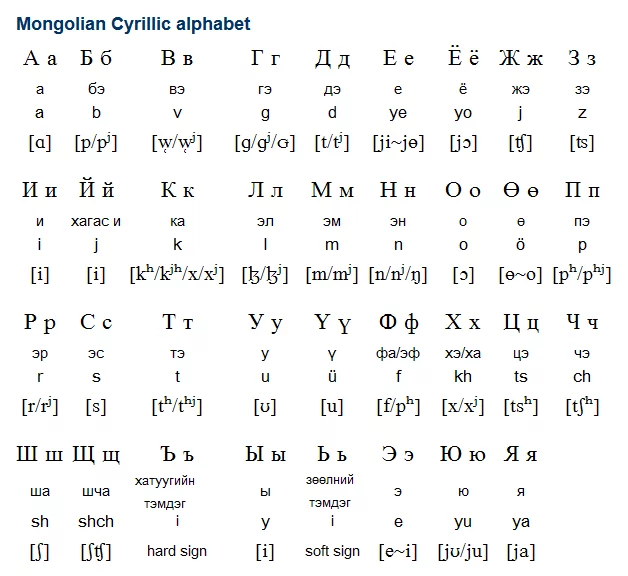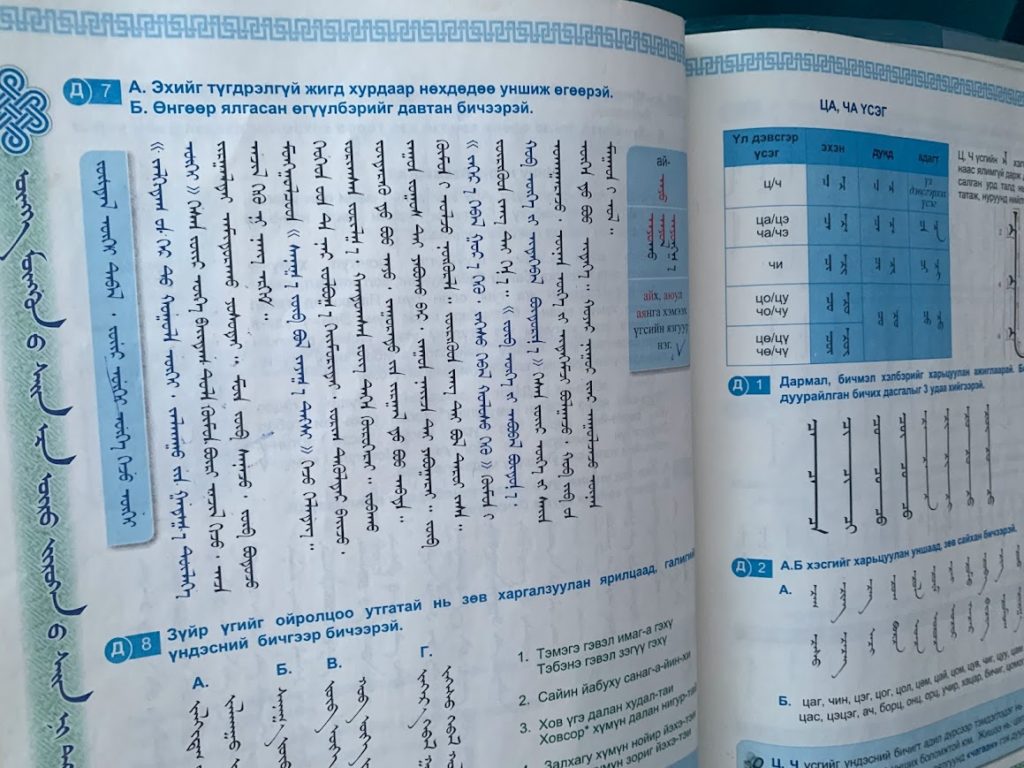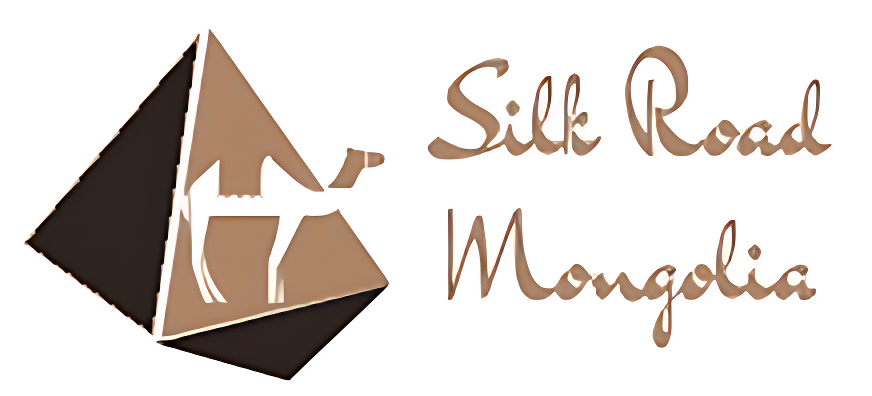Blog
Is Mongolian similar to Chinese or Russian?
People often ask me if Mongolians speak Chinese or Russian or whether the Mongolian language is similar to either language, so in this article, I will share the simple truth with you guys.
No, Mongolians do not speak Chinese or Russian as an official language, and the people who speak either one of those languages are in the minority.
The Mongolian language is also very different from Chinese and Russian, so it does not share any similarity with either of those languages. I will explain further below.
Related: What language do Mongolians speak?
Mongolian language vs Russian language
While Mongolian does share some similarities with Russian, you do have to understand that they are both completely different languages with different origins.
Mongolian origins vs Russian origins
- Mongolian Language Origins: The Mongolian language is a member of the Mongolic language family. It is the most widely spoken and best-known member of the Mongolic language family. The earliest evidence of a Mongolic language is in the form of proper names recorded in Chinese sources of the 10th century.Modern Mongolian, spoken today in Mongolia, Inner Mongolia (China), and Buryatia (Russia), developed from Middle Mongol, the language spoken in the Mongol Empire in the 13th and 14th centuries. Middle Mongol is revealed in texts dating from that era and in a 13th-century dictionary. Old Mongolian, which developed from Middle Mongol, was first written in a script adapted from the Uyghur alphabet, known as the Classical Mongolian script, often called “Uyghurjin” in Mongolian.
- Russian Language Origins: The Russian language is part of the East Slavic subgroup of the Slavic languages, a member of the larger Indo-European language family. Its closest relatives are Ukrainian and Belarusian. The first language in the East Slavic area was likely Proto-Slavic, spoken up until the 9th century. By the 10th century, it had evolved into Old East Slavic, which was the language of the state of Kyivan Rus’, a medieval state that laid the cultural groundwork for the nations of Russia, Ukraine, and Belarus.The Russian literary language developed from the dialect used in and around the city of Moscow, which became increasingly dominant after Moscow became the capital of the expanding Russian state in the 15th century.
Mongolian alphabet vs Russian alphabet

- Mongolian Alphabet:The Mongolian script used today is known as the Cyrillic alphabet, the same script used in Russian with two additional letters. This script was introduced in 1941, when the government of Mongolia decided to change from the traditional Mongolian script (also known as Uyghurjin or Old Mongol script) to the Cyrillic alphabet, as part of their close relationship with the Soviet Union. The Mongolian Cyrillic alphabet consists of 35 letters, which includes the 33 letters of the Russian Cyrillic alphabet with 2 additional letters: Өө /o/ and Үү /u/.However, the traditional Mongolian script, which is still in use in Inner Mongolia (a region in China), is unique. It is written vertically from top to bottom and left to right. This script is derived from the Old Uyghur alphabet, which itself comes from the Aramaic alphabet. The classical Mongolian script has 7 vowels and 29 consonants.
- Russian Alphabet:The Russian alphabet uses a form of the Cyrillic script. The modern Russian alphabet consists of 33 letters. It includes 10 vowels, 21 consonants, and 2 signs (ь, й). Some letters of the Russian alphabet look like and sound similar to the letters of the Latin alphabet, but many are quite different.The Cyrillic script was derived from the Greek uncial script, with some additional symbols borrowed from the Hebrew and the Coptic alphabets. The creation of the Cyrillic script is traditionally attributed to two monks, Saints Cyril and Methodius, in the 9th century AD, in order to translate the Bible and other Christian texts into the language of the Slavic peoples.
Loanwords and language accents
A lot of people probably think Mongolian and Russian sound similar due to a variety of loanwords that Mongolians adopted from the Russians. As a satellite state of USSR, Mongolians were heavily influenced by Russian in the 20th century and schools were required to teach Russian as a second language.
Thus it’s not uncommon to hear older generation of Mongolians with a slight Russian accent when speaking English.
Mongolian language vs Chinese languages
Mongolian origins vs Mandarin / Cantonese origins
- Origin:
- Mongolian: Mongolian belongs to the Mongolic language family. Its modern form is spoken in Mongolia, Inner Mongolia in China, and some parts of Russia.
- Chinese: The Chinese languages (including Mandarin, Cantonese, Shanghainese, etc.) belong to the Sino-Tibetan language family. Mandarin Chinese is the most widely spoken.
- Grammar:
- Mongolian: Mongolian is an agglutinative language, meaning words are formed by joining morphemes, each of which carries its own meaning and grammatical function. The typical word order is subject-object-verb (SOV). It also has a complex system of vowel harmony.
- Chinese: Chinese languages, including Mandarin, are analytic languages. This means that they use separate words and word order to convey grammatical relationships, rather than inflections or affixes. The typical word order is subject-verb-object (SVO). Chinese languages are tonal, meaning the pitch contour of a syllable can change the meaning of a word.
Mongolian alphabet vs Chinese alphabet

- Mongolian: Mongolia uses the Cyrillic script, while Inner Mongolia in China still uses the traditional Mongolian script, which is written vertically from top to bottom. This script was adapted from the Uyghur alphabet.
- Chinese: Chinese languages use logographic writing systems, known as Chinese characters. There are two forms: traditional characters, used in Taiwan, Hong Kong, and Macau, and simplified characters, used in Mainland China, Singapore, and Malaysia.
Chinese loanwords in Mongolian language
Most of Mongolian vocabulary is native. However, it has borrowed a considerable amount of vocabulary from Sanskrit, Tibetan, Russian, and, to a lesser extent, Chinese, especially food and traded goods during the Medieval period. For example Guanz, Buuz, Shivga, etc.
But wasn’t Mongolia part of China?
While Mongolia technically was colonized by the Manchurians during the Qing rule in 1691, yes Mongolia did share a lot of history with the Chinese and was part of the Chinese dynasties.
However, while Mongolians and Chinese may share some cultural similarities, the two languages are very different and don’t sound similar to each other, don’t use the same alphabet, nor have the same grammar structure.
Why does Mongolian sometimes sound like Russian?
While personally as a native Mongolian, I don’t find Russian and Mongolian sounding similar at all, a lot of people seem to mention how it has some Russian sounding elements. However, many other people think it sounds similar to Welsh and German, so depending on the person I think it varies.
The most logical explanation might be that since Russians and Mongolians have been close allies for the past century, Mongolians perhaps adopted some Russian accent compared with the Mongolian language from a few hundred years ago.
If you actually watch old Mongolian films from the 1930s-1960s, Mongolians spoke a little differently and also sounded a bit differently.
In general, Mongolian sounds different from either language. While there may be some similarities due to geographical proximity and loan words, the origins and the history behind the Mongolian language are very different from Chinese and Russian languages.
